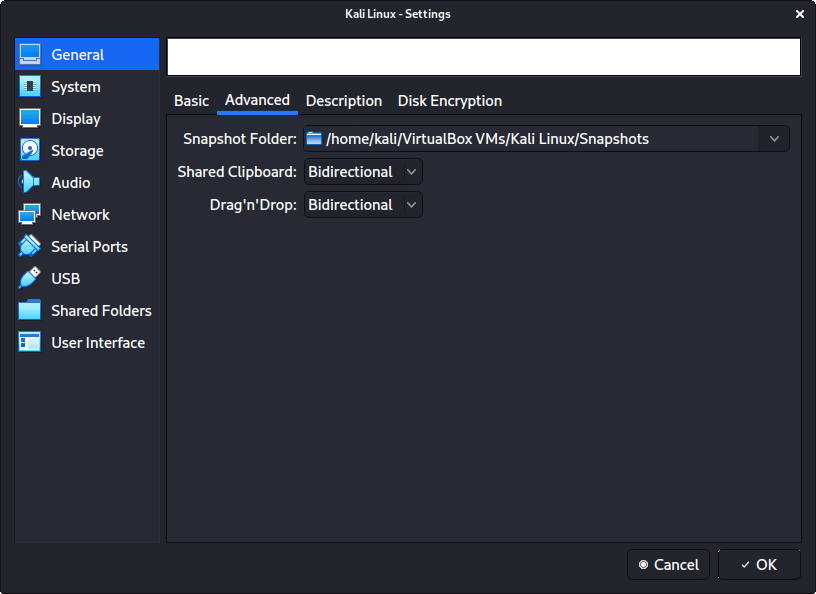

- #Virtualbox vm virtual optical disk file install#
- #Virtualbox vm virtual optical disk file driver#
- #Virtualbox vm virtual optical disk file mac#
- #Virtualbox vm virtual optical disk file windows#
You will have to agree to proceed.įor more information see Managing Systems Using the Web ConsoleĪdding VirtualBox Guest Additions to the RHEL VM improves the usability in a number of ways: To use Cockpit from the network use: Note: a self-signed SSL/TLS certificate is installed by default, which will generate a security exception because it isn't signed by a trusted CA. To access the Cockpit web console, start Firefox from the Activities menu, Then enter the URL: Log into Cockpit either your regular user ID or the root user ID. $ sudo firewall-cmd -permanent -add-port=9090/tcp Using the Cockpit web console $ sudo systemctl enable -now cockpit.socketīy default, the system firewall will prevent access to Cockpit from the network. To enable it, run the command below one time. You don’t have to worry about Cockpit consuming resources if you don’t use it. The following command tells systemd to only start Cockpit when it is accessed. Red Hat Enterprise Linux 8 includes a web-based console called Cockpit that simplifies administration tasks especially for users who are new to Linux. If an updated kernel package is installed during updates, you should reboot your system:
#Virtualbox vm virtual optical disk file install#
Use yum update form within a Terminal session to install the latest updates. Once your system has been registered, you can use the command line or web console to install the latest updates. On Hyper-V, select Media from the VM's menu.The VM should then boot from the virtual hard disk. Then reset the VM, either through the Machine menu, or using the keyboard shortcut Right CTRL + R (Windows/Linux) or Left Command + R (Mac). If the system has already booted into the installer, you will need to click Force Unmount.

#Virtualbox vm virtual optical disk file windows#
Improved Network Performance with virtio (Windows and Linux hosts only)įor improved VM network performance on Windows and Linux hosts, in the VM’s settings under Network Adapter Type select Paravirtualized Network (virtio-net). If your system switches between wired and wireless connections, you will need to switch the adapter that the VM is bridged to when changing between wired and wireless. If your system has more than one network adapter you need to choose which one to attach to. The VM’s virtual network adapter can only be bridged to one physical network adapter at a time.
#Virtualbox vm virtual optical disk file driver#
The host’s network adapter is shared by a device driver that is installed by VirtualBox.
#Virtualbox vm virtual optical disk file mac#
The VM appears on the network the same way a physical computer would with its own hardware MAC address. In this configuration, the VM gets its own IP address, usually using your network’s DHCP server. $ ssh -p 2222 you can attach the VM to directly network by sharing the network adapter from the host system as a bridged network adapter. This will allow you to use ssh on the host machine by using port 2222: However, you can define port forwards in the Advanced section under the network adapter configuration to provide access.įor example, in order to use ssh, define a port forward from Host Port 2222 to Guest Port 22.

The default networking choice NAT is the easiest to use, but you will not be able to access services such as ssh or http running on the RHEL VM from the host or the network. Then, use the CD icon drop down menu on the right to select Choose Virtual Optical Disk File. In the VM’s settings, under Storage, select the optical drive under the IDE controller.


 0 kommentar(er)
0 kommentar(er)
